As you might imagine, the common real estate theme for 2020 was the craze of city dwellers looking for a rural escape. 2020 was one of the busiest years on record (if not history) when it came to sales volume, velocity and dollar volume. We didn’t quite hit 700 land sales in Teton Valley and Alta, but it was darn close. That’s a far cry from 281 land sales in 2019. Residential sales likely would have been the same had there been the inventory to promote those sales.
Aside from the market itself, I didn’t hear as much in terms of tiny homes, which I would have easily identified as the “theme” for 2019 and the years leading up to 2019. Interestingly, there wasn’t much talk of tiny homes in 2007 either, the last memorable real estate boom. In fact, most people were going big as opposed to building small.
I did hear quite a bit about was vacation rentals. While I believe many of the land sales were simply the usual group that wants to own a piece of Teton Valley, many did ask about the viability of renting in the areas they shopped. This isn’t all that uncommon though. The year started out with what I described, those looking to transition to the area permanently which led to a number of questions related to the school system, hospitals, internet speeds – everyday life in Teton Valley. The last half of the year is where I noticed an influx of second homeowners. Much like those seeing the window close on their opportunity to own a piece of land, it seemed others had a similar feeling when it came to purchasing a home. To justify the increasing costs, and to capitalize on income to offset the cost of ownership, I had quite a few discussions about vacation rentals.
I’ve written articles in the past about short-term rental restriction, mostly a power that only homeowners associations possess. With such a variety of owners and investors in each development, it may become challenging to amend subdivision documents to restrict short-term rentals, but I can foresee that becoming a topic in the years to follow.
2021 will surely be an interesting year in real estate. Most builders are booked out one to two years, and rising construction and material costs haven’t seemed to subside. If the majority of current construction is custom work for individual homeowners, inventory will likely remain low. Property owners that have been waiting in the wings may identify 2021 as the time to sell, if the inventory remains low. I am personally interested to see how National trends and factors impact the market, interest rates and the overall economy can have substantial influence as well. Regardless, I’m looking forward to “normal”, whatever that is.

